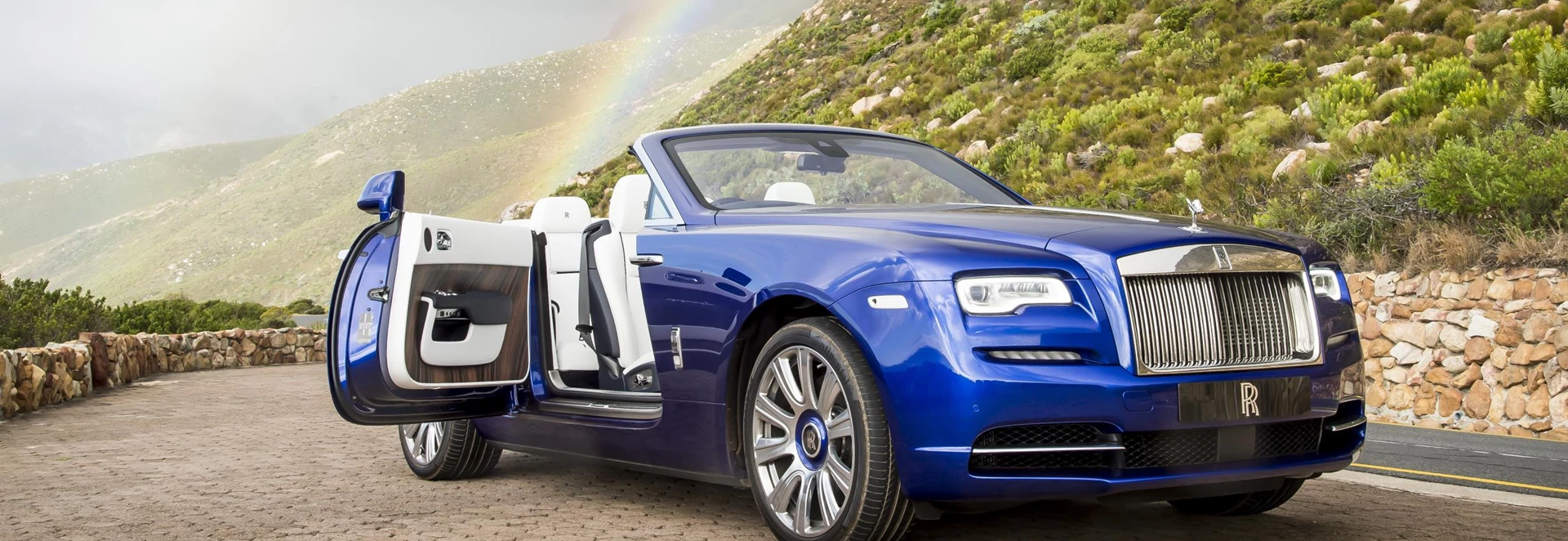While reading about cars, you’ve likely come across numerous terms that refer to the different ways that car doors can open. There’s the likes of scissor doors and gullwing doors, both popular with sports cars and grand tourers, but there’s also what’s known as suicide doors.
It’s a striking name to give to a piece of a vehicle’s design, but what actually are suicide doors? How do they work?
Suicide doors is a slang term for a car door which is hinged at the rear rather than the front like a conventional car door is. Suicide doors are virtually always used for the rear doors of a car.
They are quite a rare sight in the new car market nowadays, but suicide doors were once a popular feature of cars back during the early twentieth century. Because cars with suicide doors at the rear usually remove the central B-pillar, they can provide easy access to the cabin especially for rear passengers.
But modern EU regulations have put restrictions on the use of suicide doors, making their implementation far rarer. As the likes of the Vauxhall Meriva and Mazda RX-8 have proven, it is still possible to sell a car with suicide doors at the rear in the modern day, so long as they meet certain restrictions.
Currently, a car sold in Europe can only have rear-hinged doors at the back if they can only be used when the front doors are opened first. Rear-hinged doors must also lock automatically when a car is moving and remain locked until the car is stopped again.

Where did the name suicide doors come from?
Although rear-hinged doors are still commonly referred to as suicide doors, the use of this term originates from the early days of this invention’s usage which, at times, was frankly unpleasant.
Back in the 1960s, there were several incidents documented where rear-hinged doors on cars sprang open while going over bumps, mostly because of the poor-quality locks available at the time. The danger for passengers created by this issue ultimately led these sorts of doors to be commonly nicknamed suicide doors.
Thanks to the use of modern safety features like seat belts, as well as much improved locks, suicide doors are not the hazardous design feature they were decades ago. The original slang term is still popularly used though, even if not that many car buyers nowadays are actually aware that this term was originally used in an unflattering manner.




